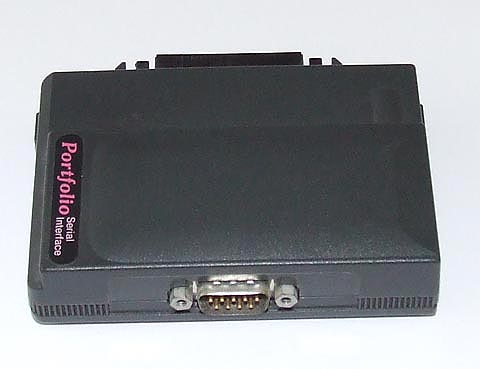27Aug/123
How to send comms software to Portfolio over the serial port

Hey, I just found something. It seems that someone solved the "chicken or egg" problem with Portfolio's serial interface: the computer has no serial communications software built in, so it's impossible to send any from the PC and, unless you have a parallel interface, you're virtually unable to use the serial port to transfer files. Digging through the files on atari-portfolio.co.uk I accidentally spotted this. It's a tiny program that sends Xterm2 to the Portfolio over the serial port.
I haven't tested it (for I don't have a serial interface), but I bet it would work, with a simple yet brilliant idea behind it.
March 5th, 2013 - 16:16
the tool works fine, I`ve just tested)
March 5th, 2013 - 17:19
Great. Thanks for the feedback!
October 21st, 2013 - 20:15
5th attempt at posting this – it doesn’t seem to be working…
I think I might have stumbled on an easy way to transfer at least some files to the Atari Portfolio over RS-232! You’ll need to add the MSDOS 2.0 version of MORE.COM to the system (See #comment-725 on /atari-portfolio-and-no-file-transfer-device/ ), however, after that it becomes straightforward…
To receive a file sent by RS-232 using MORE.COM, on the Portfolio, execute “MORE FileName” (replacing “FileName” with the name under which to save the file). This will stream data from the COM port directly to the file (assuming no ^Z is encountered) WITHOUT locking up the keyboard! This allows you to advance the stream by repeatedly pressing Enter until the program automatically ends, signalling a complete transfer. It also means that you can still use CTRL+C if something goes wrong (something “COPY COM1 FileName” wouldn’t let you do, since it replaces all keyboard input with the COM port instead of simply opening it alongside). My Serial Interface hasn’t come through the post yet, so if someone with their own can test this for me, that would be great thanks!
(In case anyone’s interested as to HOW MORE.COM manages to stream an input without locking up the keyboard, it seems to be through clever use of INT 21,45 and INT 21,3E. Google these for more information).